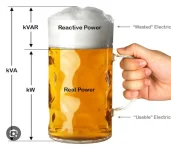OVERKILL
$100 Site Donor 2021
We have a "sunshine list" that shows this stuff for public positions:I was leaving the overtime totals out but you’re correct. One of my friends & former coworkers cleared 400 last year. I didn’t come near that but had much more time off than he did.

